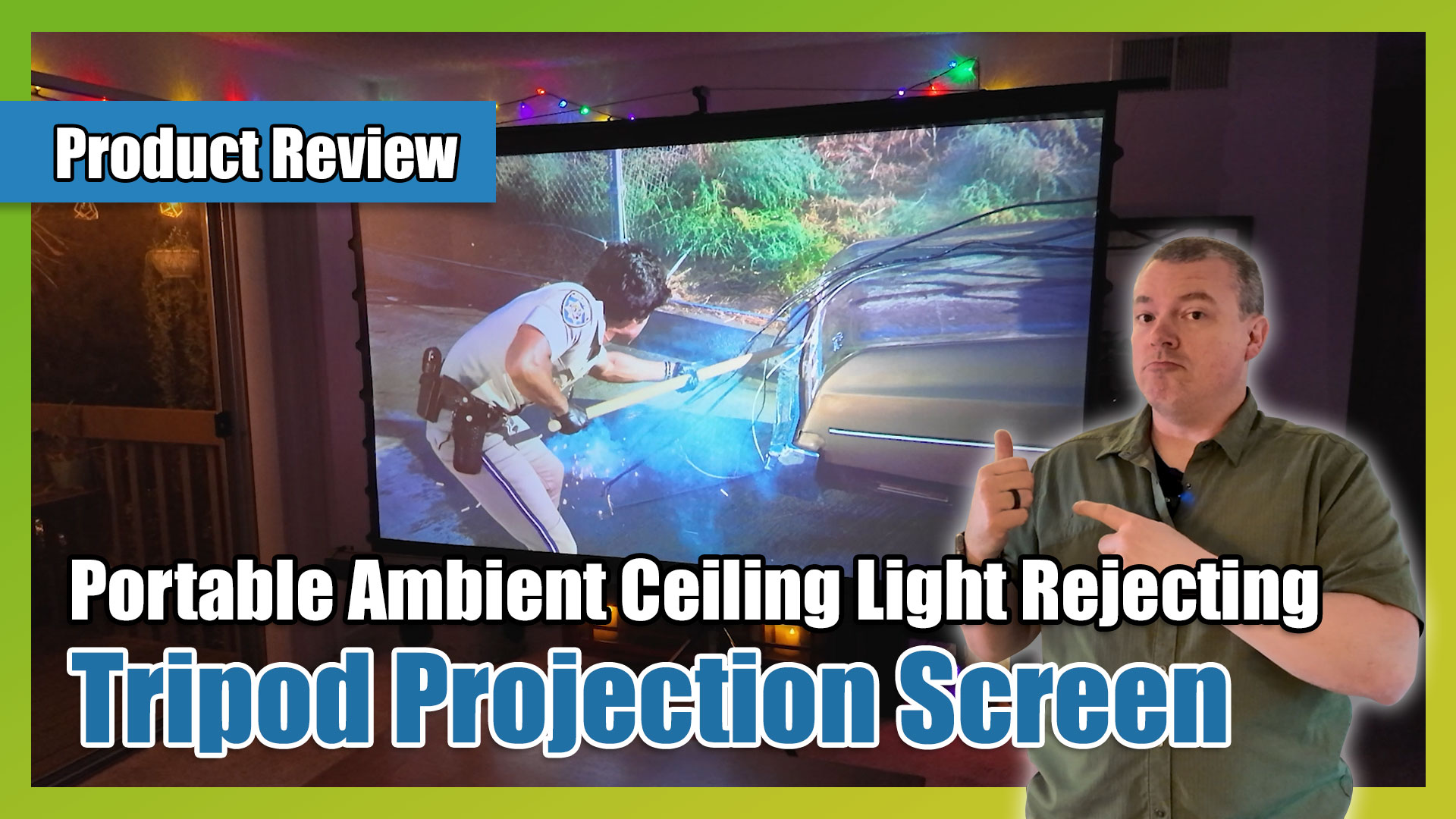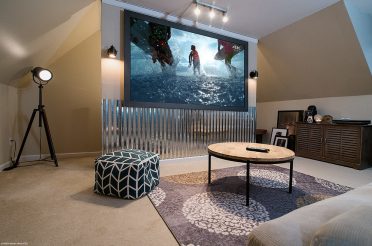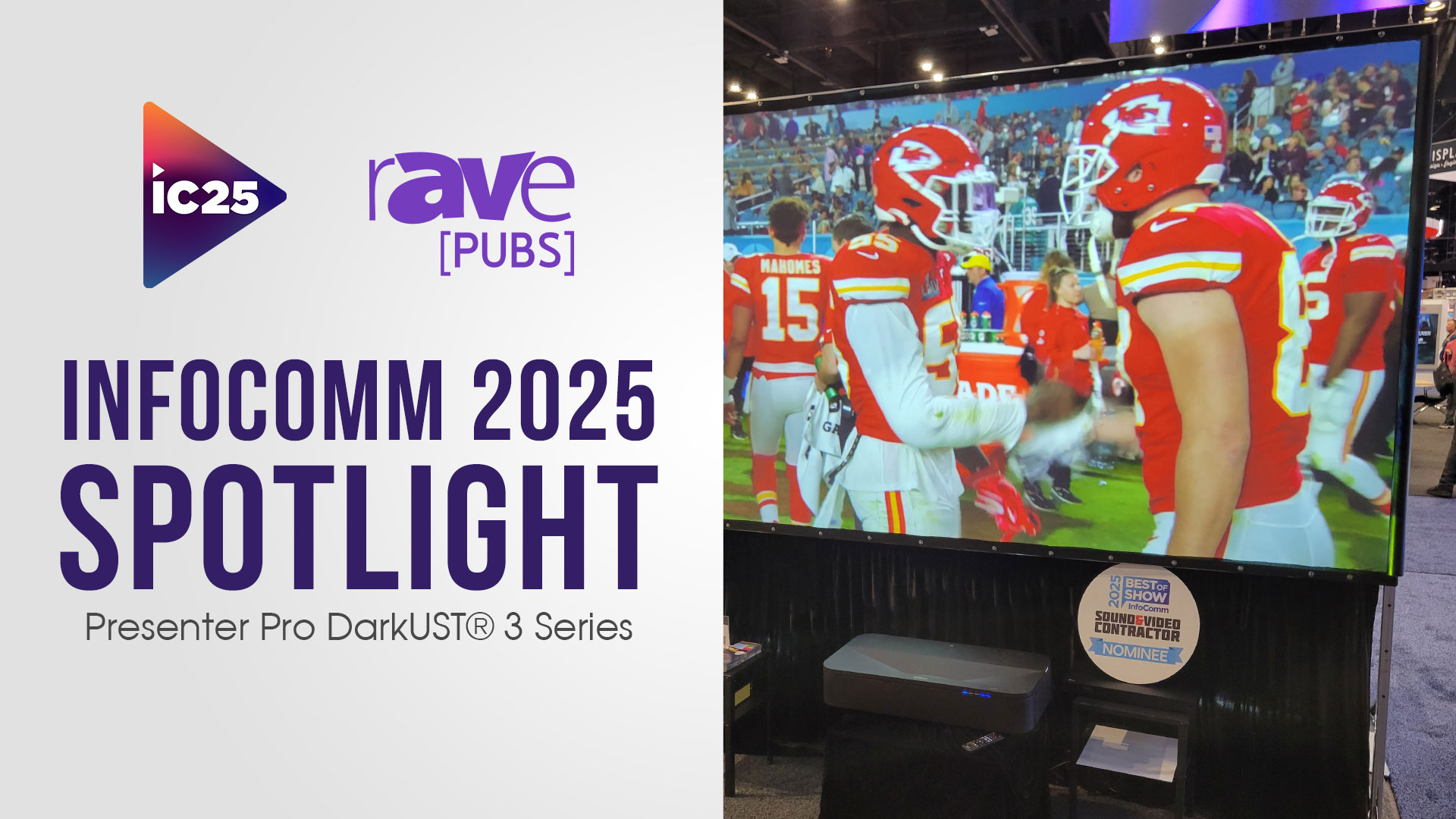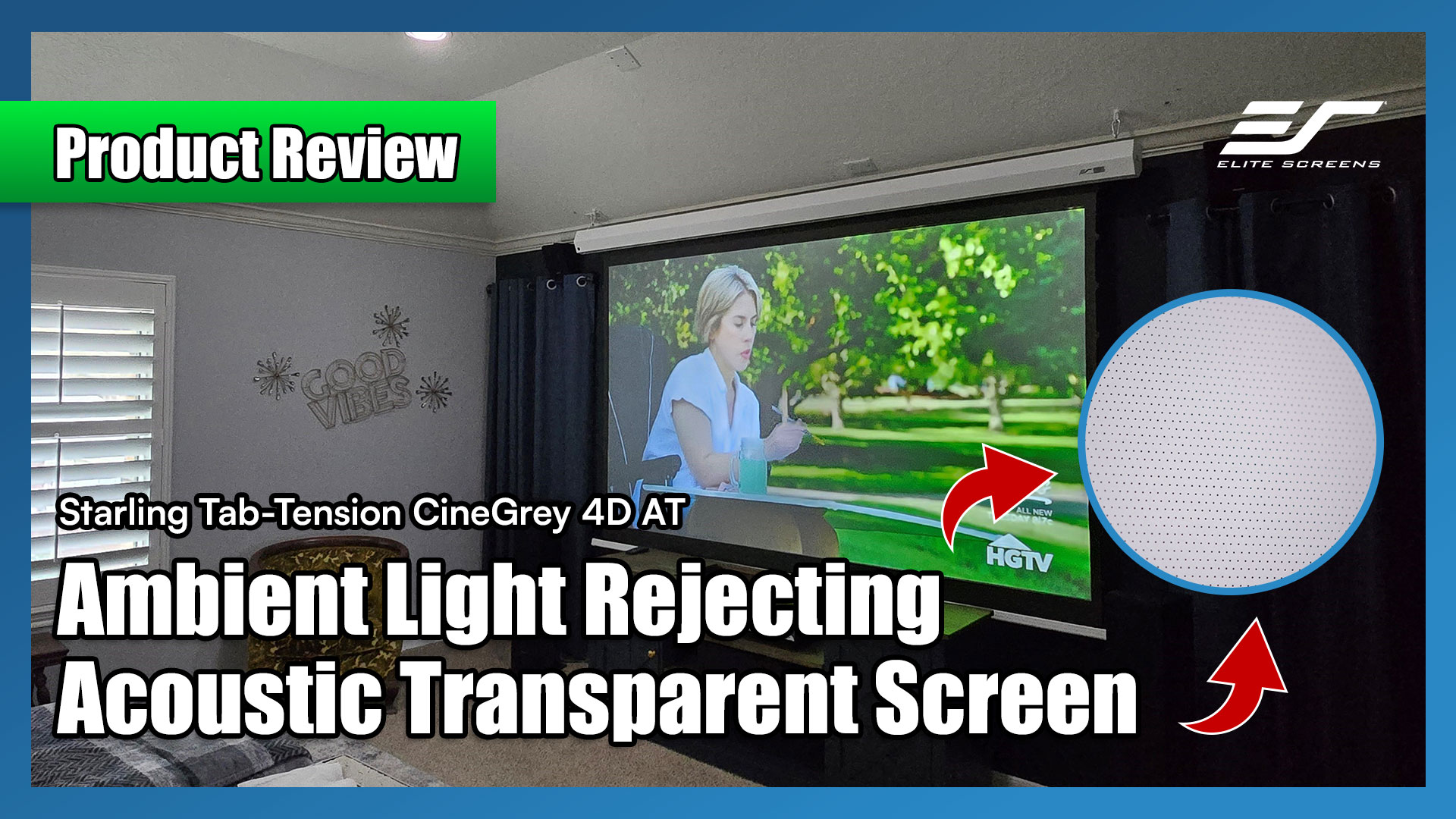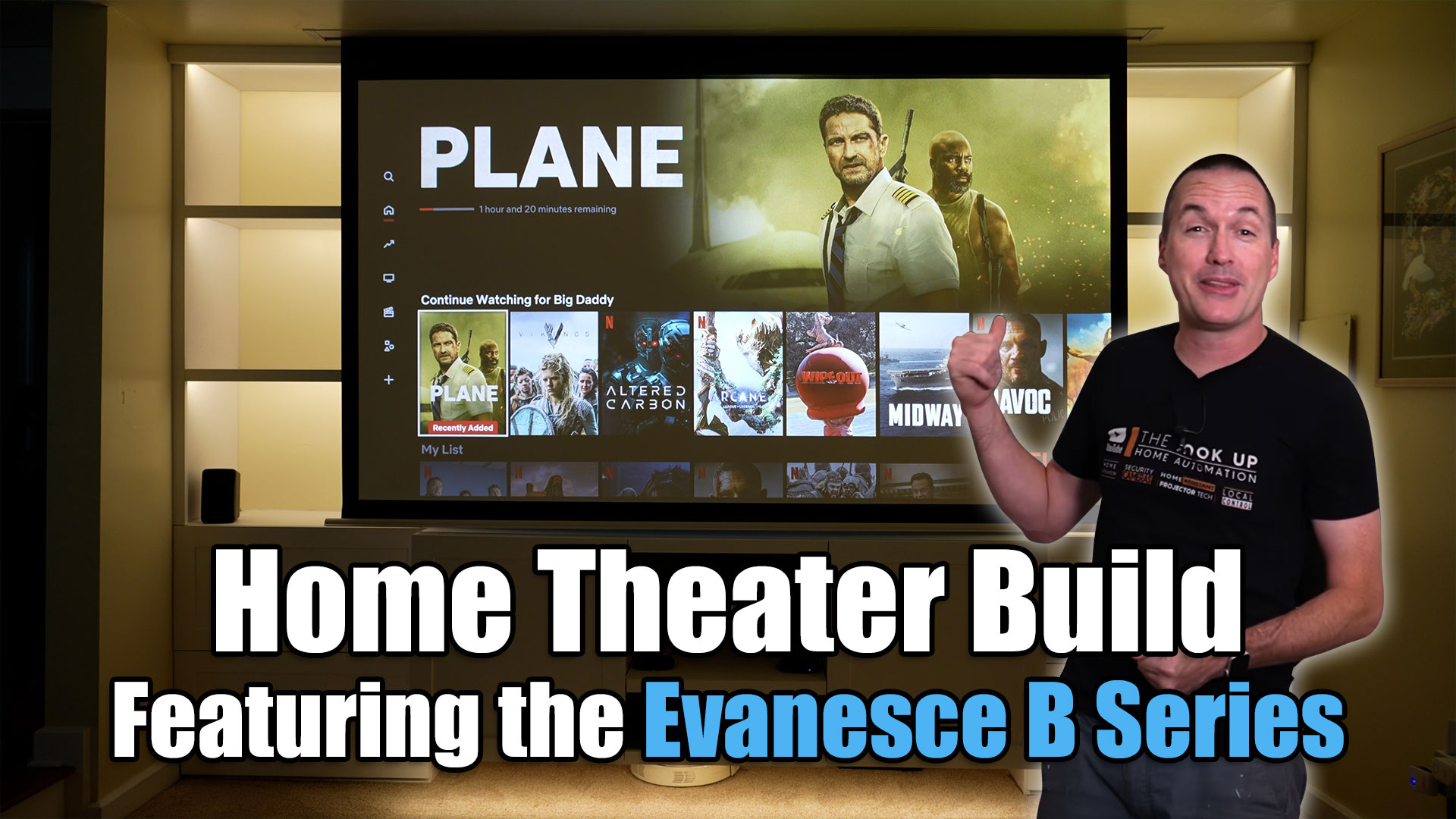This discussion covers the topic of 3D compatible projection screens and how to select projector screen in general.
- Video: How to Select a Projector Screen Material –
https://elitescreens.com/elitetube/Selecting_a_screen_material_for_my_home_theater_cc_720.mp4
*The discussion below is based on actual chat transcripts with the omission of any personal/confidential material to protect the customer’s privacy. An example in this case is to change the contact’s identification name/number to “Customer” or a generic name.
Transcripts:
- [16:57] Customer: Does Cinewhite work well with passive 3D as well as active?
- [16:57] Customer: Also, I am not certain that I understand what passive or active 3D even is.
- [16:58] Rick: Yes, the Cinewhite work well with Active 3D. However, with Passive 3D, a polarized projection surface is required.
- [16:58] Customer: Okay, why is that?
- [16:58] Rick: Active 3D only requires a flat and preferably neutral white material because the right-eye and left-eye pictures never appear on the screen at the same time. You wear electric 3D glasses that shutter your right eye while your left eye sees the content it is meant to see then vice-versa for the left eye. This happens at a rate of 60 frames per eye per second.
- [16:59] Rick: Passive 3D is what you see at the movies wearing the cheap plastic glasses they hand out. In passive 3D, both images appear on the screen at the same time. For this the material must be polarized so that it will produce that 3D-effect.
- [16:59] Customer: So that is why the 3D image is fuzzy whenever I remove the glasses?
- [16:59] Customer: On both passive and active?
- [16:59] Rick: That is correct. The image is fuzzy because both eyes are seeing 2-different projected image signals at once. Passive 3D helps separate the imagery so that either eye sees only one signal that is properly orientated for the viewer’s eye. Active physically blocks one eye so that it can show the image to another and it does this at a rate of 120 frames per second.
- [17:01] Customer: Amazing. I’d like to say that I think I can see it flicker but I probably don’t.
- [17:02] Rick: At 120 frames per second (60 frames per eye); it would be extremely difficult if not impossible to see it.
- [17:04] Customer: So to clarify, a polarized screen is more applicable for passive 3D, just like you see in movie theaters with the plain plastic glasses. Correct?
- [17:04] Rick: Yes, that is correct.
- [17:04] Rick: I also have a good video for you on selecting the right screen material – https://elitescreens.com/elitetube/Selecting_a_screen_material_for_my_home_theater_cc_720.mp4
- [17:05] Customer: awesome – Thank you. I will keep in mind that the Cinegrey 3D or 5D are best for both. I also read that screens that are smooth for 4K use work even better with 3D.
- [17:08] Rick: Yes, that’s correct also. The Cinegrey materials are also ISF certified for their color enhancement, contrast, and dynamic range.
- [17:09] Customer: Perfect. I feel much better about my selection now. Thanks for the help.
- [17:09] Rick: Thank you for choosing Elite Screens.
